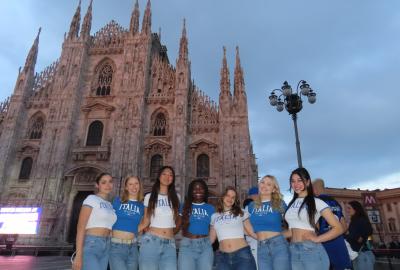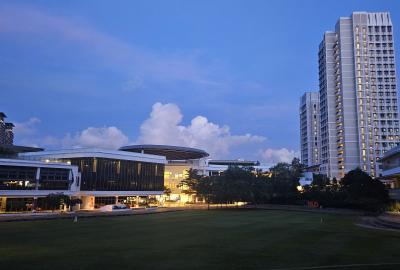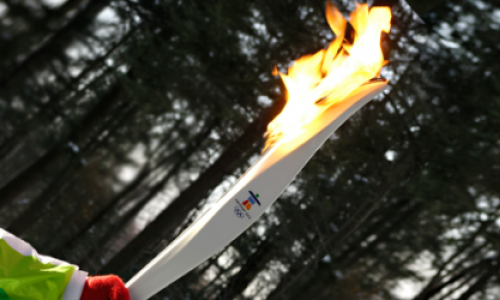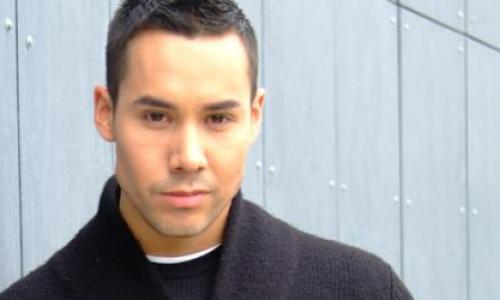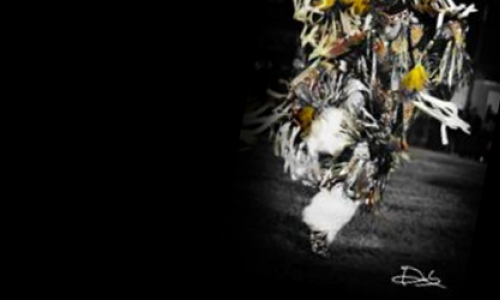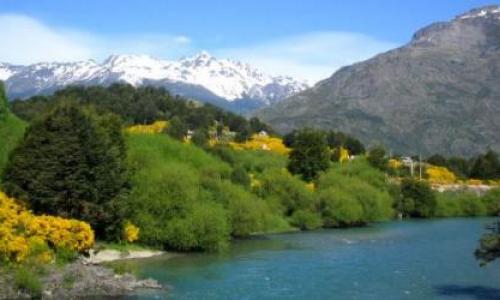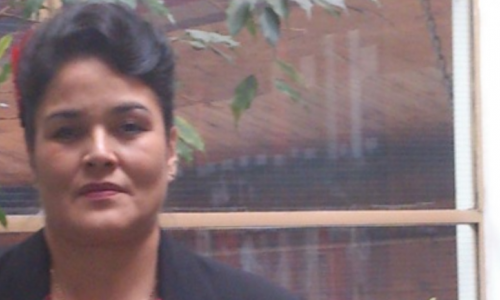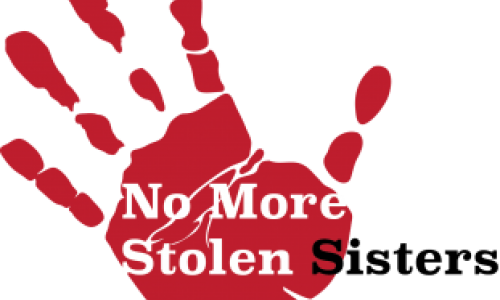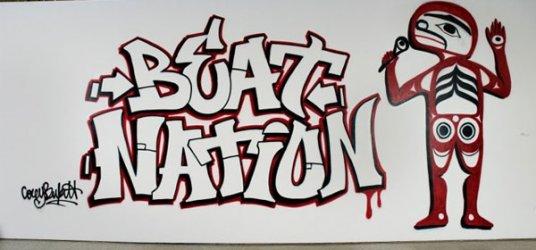
Beat Nation: Hip Hop as Indigenous Culture is a website that focuses on the development of hip hop culture within Aboriginal youth communities and its influence on cultural production.
There has been some criticism over the years by older community members who see this influence as a break from tradition and the movement of the culture towards a pop-based mainstream assimilation. But in Beat Nation we see just the opposite happening. These artists are not turning away from the traditions as much as searching for new ways into them. Hip hop is giving youth new tools to rediscover First Nations culture. What is most striking about this work is how much of it embraces the traditional within its development.
In many ways, the greatest achievement of Haida master carver Bill Reid was in taking the carving tradition from wood, silver and argillite into other sculptural media. The artists in Beat Nation do the same thing in their media of spray paint, live mix video, turntables, and beat boxes. There is a strong sense of activism present in the work and recognition of the responsibility the artists hold towards their communities.
At grunt we have been committed to making quality First Nations contemporary art available online through the support of Heritage Canada’s Gateway Fund program. I regret to say this is the last web site we will produce for this program, as it is set to disappear in March 2010. The eight sites grunt has produced through Gateway have allowed us to develop a capacity for website production and to get a vast array of First Nations artists online in curated, themed presentations. We will endeavor to find new ways to continue this production.
“Medicine beats and ancestral rhymes fuel indigenous hip hop, art and expression. Culture and identity are in a constant state of flux; new forms created today are becoming the culture of our grandchildren – hybridized, infused and mixed with older ‘traditions’. We continue to shift, grow and change. Whether the influences are hip hop or country music, the roots of the expression go back to cultural story, indigenous language, land and rights, and the spirit of our ancestors.
Our ancestors must be dancing for us: To see our culture thrive and survive they must be dancing to our beats. Like the beats of our sacred drums, we echo our ancestors in the expression of culture regardless of medium, whether electronic beats or skins, natural pigments or neon spray cans, beads or bling, break dancing or round dancing: We do it as an expression of who we are, as indigenous peoples.“
- Tania Willard
“This genre, the hip hop subculture that is being engaged by Native people today, is one of the strongest and most valued and respected streams of human consciousness. What are we doing with this information? How are Indigenous people engaging in this culture? How is it helpful and how is it harmful? In the lyrics of Indigenous hip hop today you can hear some of the most valuable accounts in our human history and evolution and de-evolution. Through the visual work and documentation of Indigenous hip hop artists, the amalgamation of our time on earth can be seen. This is very important.”
- Skeena Reece
Tuesday nights? It sounds like you are talking about the exhibition at the VAG, which ended June 3. The VAG’s exhibition came out of grunt’s beatnation.org initiative, but it is their own programming. Kathleen Ritter at the VAG and Tania Willard curated that one. FYI if you are looking for something to see right now, we currently have the sequal to Beat Nation up at grunt, it’s called BLIZZARD. 

